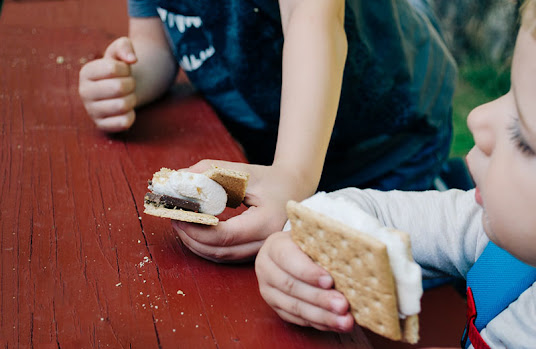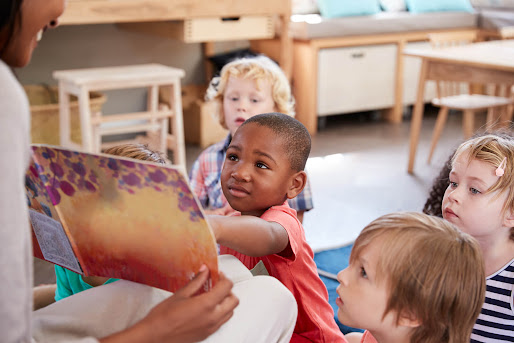1. Be a Role Model
If you want your children to eat a wide variety of food, the best advice is to be just as adventurous as you want your kids to be. Parents and teachers are important role models for small kids, and they have a tendency to mimic what they see their role models do.
2. Experiment With Food Traits
One of the more successful food tasting games involves "experimenting" with foods that share common traits. It may be the color, or foods with similar tastes or smells or shapes, or pretty much any comparison you care to name. Once she has tried the food in question, ask her to describe what she likes or dislikes about it
3. Tasting Games
Tasting games can be a lot of fun. Whether it is a simple blindfolded taste test, or some other game like having the other kids describe what they think something tastes like by watching the reaction of the taster, food tasting games turn trying new foods into a fun experience.
4. Origins of Foods
Your kids may be surprised to find out that their most-- and least-- favorite foods have origins in the far places of the world. Learning where new foods come from is a great way to convince them to give them a try. From butter beans to white rice, there is a whole world of food origins to explore.
5. The Bad With the Good
Even foods that your children definitely do not like may become more interesting with a few creative add-ons. Trying things like serving asparagus with a cheese sauce or adding grapes or pineapple to salad may be all it takes to turn their dislikes into favorites.
In many cases, children have already been conditioned to automatically dismiss foods they aren't familiar with. The good news is that young kids are naturally curious and they are willing to give almost anything a try if you take away their unfounded prejudice against it.







